Cyanite
Common silicate mineral.
Cyanite Shop
Origin of name: the name cyanite was coined in 1789 by German mineralogist Abraham Gottlob Werner and derives from Greek κύανος (kianos) for blue or cornflower.
Still in use is a second name, disthene, given by French mineralogist René-Just Haüy, which derives from Greek δις σθένος (dis twice, sthenos force) and alludes to the extreme anisotropy of hardness (see below "Worth knowing").
Synonyms and trade names: cyanite, disthene
Can be confused with: blue cyanite can be confused with sapphire and other blue gems. Identification along optical and physical properties usually is straight forward.
Localities: common worldwide. Mindat.org lists 1479 locations on all continents, even in Greenland and Antarctica (November 2015).
Important localities are Brazil and South Africa.
Gem quality cyanite is found in Nepal and in Brazil.
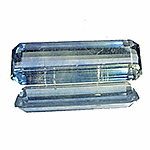
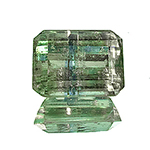
Two cyanites from South Africa
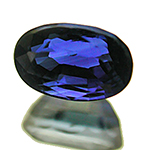
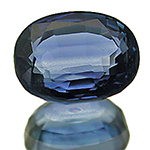
Two gemmy cyanites from Nepal
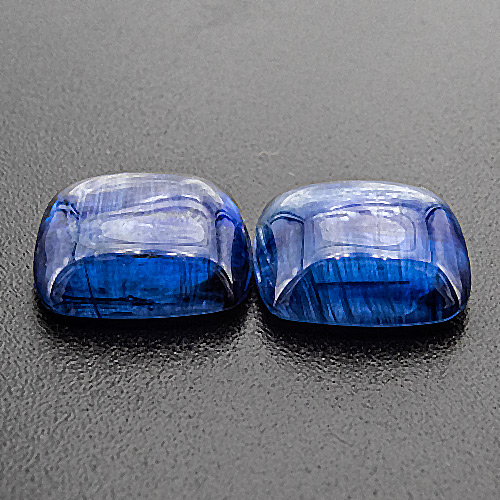
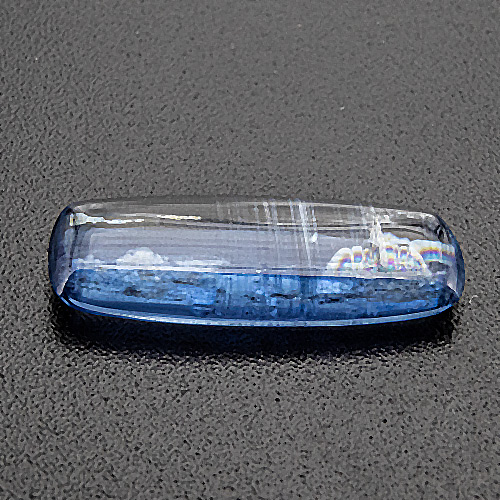
Brazilian cyanites
Handling: due to low hardness and perfect cleavage, cyanite is only of limited use as a gemstone. Besides cyanite is very sensitive to heat and should neither be cleaned ultrasonically, nor should it be exposed to galvanic treatments. No Borax!
Worth knowing: apart from the (sometimes) exraordinary blue colour, cyanites most remarkable property is the extreme anisotropy of Mohs hardness, which can be as low as 4.5 along the c-axis and as high as 7 along other crystallographic axes.
This, as well as the perfect cleavage, makes cyanite rather difficult to cut and polish.
Cyanite Shop
 Deutsch
Deutsch